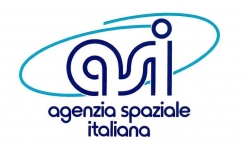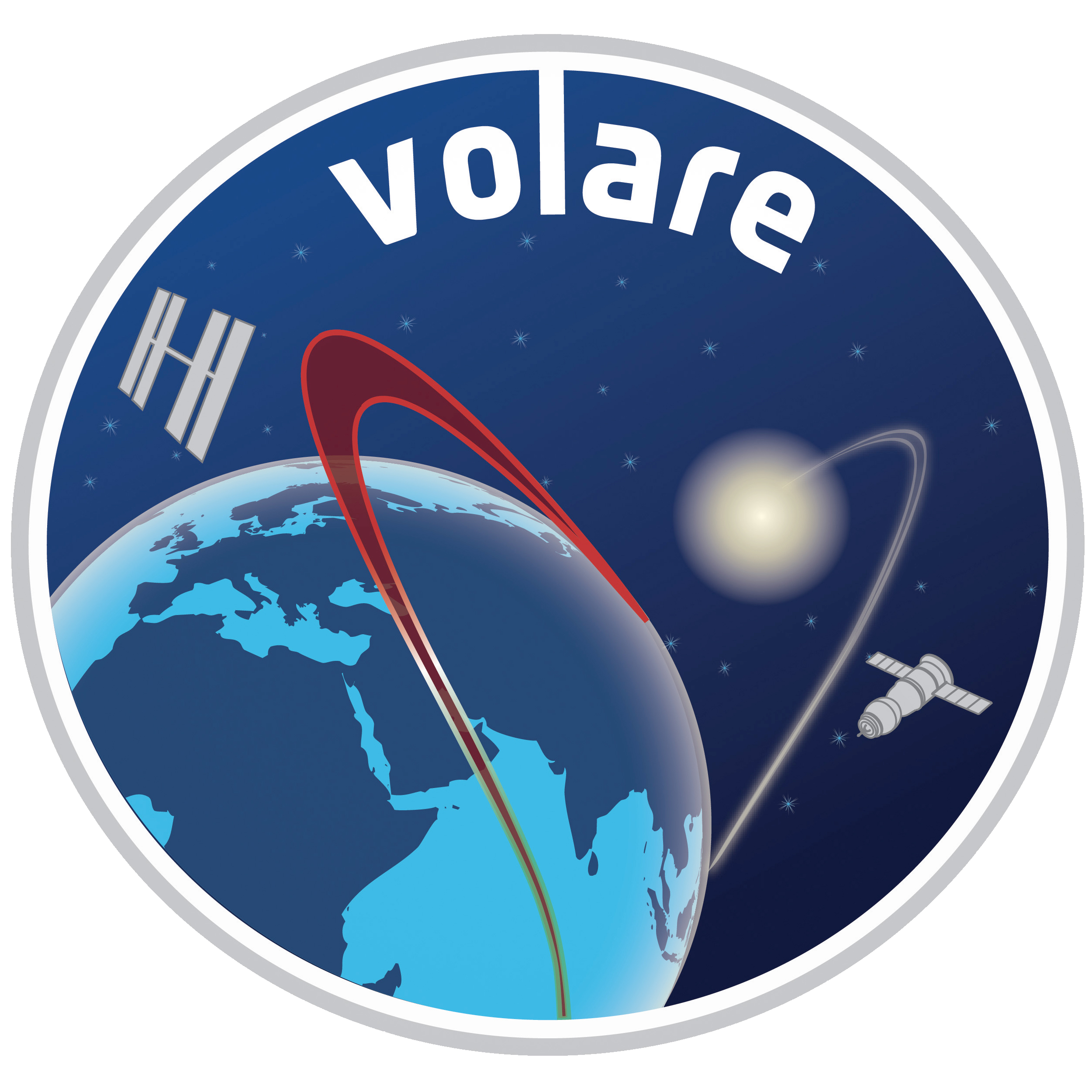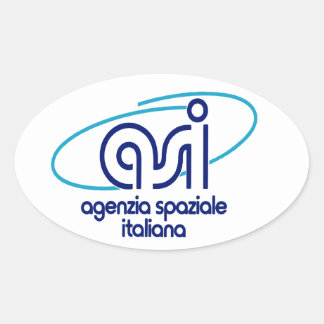Italian Space Agency
The Agenzia Spaziale Italiana (Italian, Italian Space Agency '), abbreviated to ASI, the Italian Space Agency based in Rome. It was founded in 1988 and is subordinate to the Italian Ministry of Education, Research and Technology.
Tasks and objectives
The Agency promotes and coordinates all space activities in Italy. She is responsible for the implementation of the Italian Space policy and created according to the policy guidelines, the "National Space Program ". The aim is to support research and space technology, particularly in the areas of telecommunications, civil protection, defense, environmental protection and resource use. Through this work a contribution to improving the quality of life, security and the economic base is to be made .
The ASI is not only a planning and coordination authority. It has at various locations over several in-house research and development facilities. A close co-operation there is in this area with universities, the CNR - CNR (National Italian Research Institute ) and many industrial plants. Participates in Italy in international space programs, the Agency will award directly or on behalf of international institutions contracts for the construction of components and systems, which they then also supervised support and advice. The most important Italian manufacturer of space systems are now almost all of the Finmeccanica Group. An important role here has Alenia Spazio.
Projects
The ASI works very closely with the ESA, was involved in its creation Italy in 1975 and for which it makes the third largest contribution today. Close relationships are also for NASA and other space agencies. The ASI is a full member of the Consultative Committee for Space Data Systems ( CCSDS ).
Agenzia Spaziale Italiana is involved, inter alia, on the Ariane rocket to the International Space Station ( inter alia Logistics Module Leonardo, Raphael, Donatello, Sky Polarization Observatoriy, Alpha Magnetic Spectrometer), the SAR - X program ( with the NASA and DLR), the ERS satellite program to the satellite Olympus and Artemis, in the projects Venus Express and Mars Express, the robot project Aurora, as well as the Cassini -Huygens project (for which Italy, the high-gain antenna supplied ) and the Shuttle Radar Topography Mission for measuring the earth's surface.
Bilateral projects there especially with NASA, but also for example in the framework of the Russian Italian Mission -RIM.
At national level, the ASI developed, inter alia, the satellite Sirio, ITALSAT, Sicral 1, Mita, Beppo -SAX, AGILE and LARES. On the development of the light launcher Vega also some other ESA members involved. The rocket was offered the ESA and will be used since 2012.
History
Agenzia Spaziale Italiana The history of not coincide with the entire Italian aerospace history that began in the late 1950s with the development of research spacecraft of the " San Marco". These five satellites were launched into space in 1964 from Wallops Iceland, USA and by the Italian rocket launch site Malindi ( San Marco platform) in Kenya. At that time, Italy was the first European country ( and according to the United States and the Soviet Union the third world ), which brought a satellite in space to use. 1977, then the telecommunications satellite " Sirio " (12-18 GHz) of the series, ( responsible for the coordination of the space being at that time) was built by the Italian company commissioned by the Consiglio Nazionale delle Ricerche. The increasing activities in this area and the cooperation with the European Space Agencies ELDO, ESA ESRA and then led us in 1988 establishing the ASI, the Italian space activities which were a more appropriate organizational and legal framework.
Franco Malerba 1992 was the first Italian astronaut who flew into space with an American space shuttle. He was followed by Umberto Guidoni (who later worked as the first Europeans in the ISS) and 1996 Maurizio Cheli. Roberto Vittori came from the Russian Baikonur cosmodrome Soyuz rocket to the ISS twice, most recently in 2005.
2006 Paolo Nespoli was selected as a mission specialist on the Space Shuttle mission STS -120, to the end of October, the Italian-built Harmony module was launched to the International Space Station in 2007.










